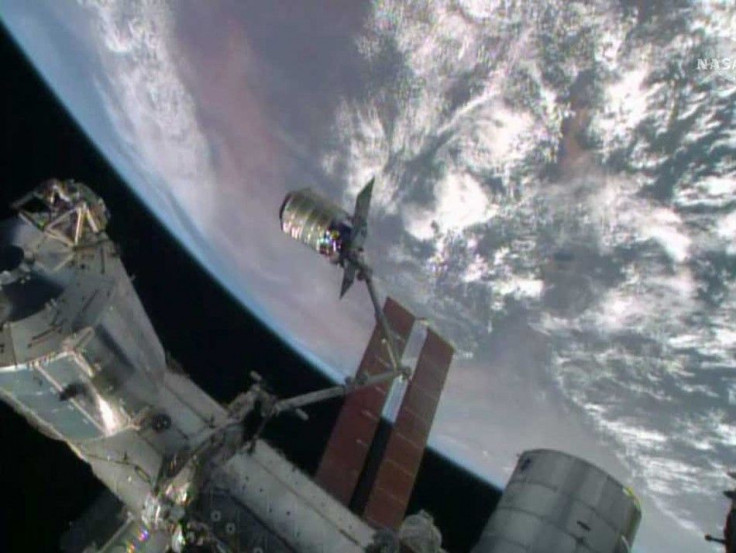NASA set to test the new climbing space robot with 'sticky' gecko feet

Taking inspiration from the “sticky” feet present naturally in the gecko lizard, a team of NASA researchers designed a robot with similar qualities. According to the team, the robot will be able to climb up the outer walls of the International Space Station, or ISS, with the help of its sticky feet.
Since the adhesiveness of the conventional tape loses over a period of time, the researchers at the NASA's Jet Propulsion Lab, or JPL, was finding a replacement for it within the animal kingdom for quite long. Soon, it was realised that the gecko lizard uses tiny hair at the bottom of its feet to cling to the objects and walls around, using a phenomenon called the Van der Waals force.
The Van der Waals force exists due to the difference in the spacing of the electrons revolving around the nuclei of a neutral molecule. The positive part of the neutral molecule ends up attracting the negative part of the neighbouring molecule, thus resulting in a “stickiness.”
According to Gizmodo, a Van der Waals material does not require a Velcro. It does not even leave a residue on the surface where it sticks, a property that inspired the researchers to design a robot that works on a similar principle, since each additional gram makes a difference to the objects in space.
Tech Times reports that the JPL engineers plan to use the gecko gripper system in the robots to create anchors for the astronauts up at the space station. The gripper system will allow the astronauts to attach several items to the internal walls of the ISS, including pictures and clipboards. "We might eventually grab satellites to repair them, service them, and we also could grab a space garbage and try to clear it out of the way," said JPL engineer Aaron Parness.
Contact the writer at feedback@ibtimes.com.au, or let us know what you think below.





















